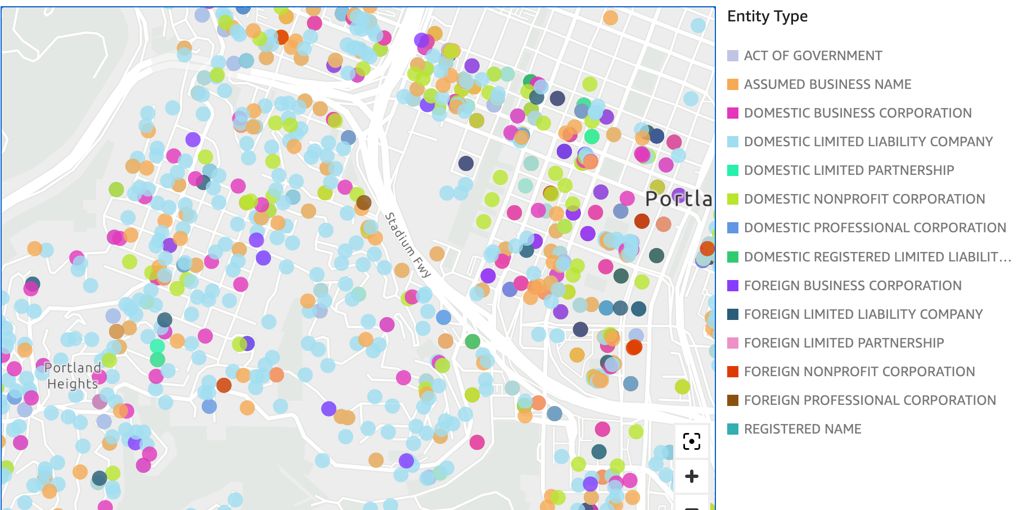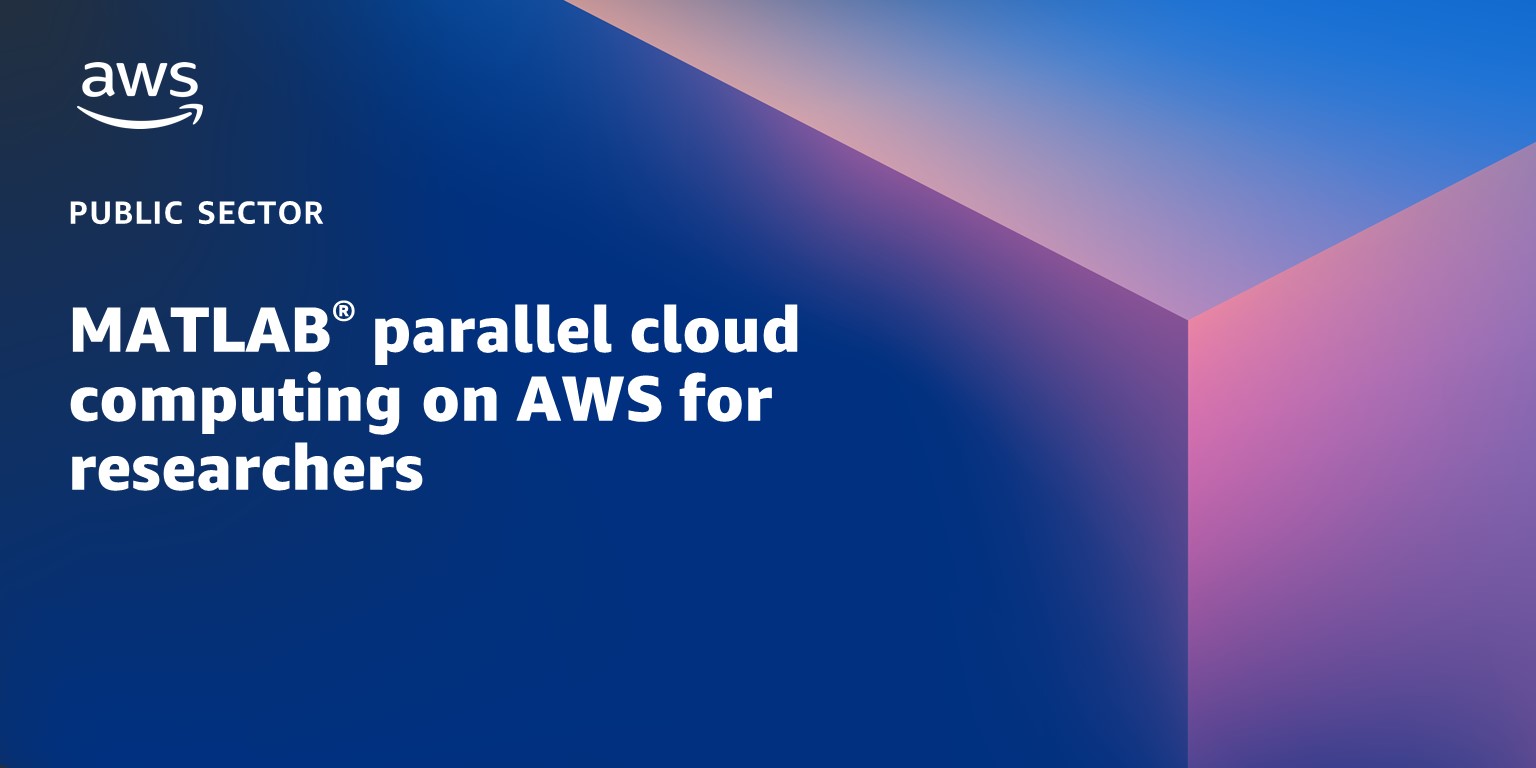AWS Public Sector Blog
Tag: technical how-to
Supporting state agencies with Medicaid unwinding outreach: Creating a multi-lingual two-way messaging system
A key focus for the Department of Health and Human Services (HHS) and state Medicaid agencies is making sure those eligible for Medicaid maintain coverage and supporting transition to alternatives. Medicaid agencies need to conduct outreach to make their millions of members aware of the process for redetermination. With cloud-based tools from AWS, state agencies can conduct this outreach using no code/low code, serverless, elastic services that can scale to two billion text messages a day. In this blog post, learn how to set up a multi-lingual, interactive SMS message campaign that can automatically verify and update member information on file based on member responses.
Improving the customer experience for high-traffic public services: An architecture guidance
Improving the customer experience (CX) has emerged as an imperative for government agencies. In this blog post, learn an architecture pattern that public institutions can use to improve CX while building and deploying secure, resilient, and performant web applications that support sudden surges in demand for public services. This architecture pattern addresses the need of an example use case in which an agency must request information from thousands to millions of civilians, who may access a single-page application at similar times, and then sends email notifications to each civilian to confirm their activity.
Managing nonprofit members and donors with CiviCRM on AWS
Managing donors, members, and constituents is essential to the success of most nonprofits. Customer relationship management (CRM) systems, like the no-cost, nonprofit-focused CiviCRM, are an important part of this process. In this post, learn how to deploy CiviCRM using AWS, and explore an architecture for deploying CiviCRM in a way that is highly available and resilient to service disruptions or events.
How to build an Aadhaar Data Vault on AWS
An Aadhaar number is a 12-digit unique identification number issued by the Unique Identification Authority of India (UIDAI) to every individual in India. Considering the sensitivity of the Aadhaar number and the potential implication of having one’s Aadhaar number compromised, UIDAI mandated the need for all Aadhaar and Aadhaar-related data to be encrypted and stored separately in a secure, access-controlled data repository known as an Aadhaar Data Vault. This blog post explains how government and private entities that collect, process, and store Aadhaar data for various use cases can use AWS CloudHSM from AWS to create an Aadhaar data storage solution that can meet guidelines provided by UIDAI.
Predicting diabetic patient readmission using multi-model training on Amazon SageMaker Pipelines
Diabetes is a major chronic disease that often results in hospital readmissions due to multiple factors. An estimated $25 billion is spent on preventable hospital readmissions that result from medical errors and complications, poor discharge procedures, and lack of integrated follow-up care. If hospitals can predict diabetic patient readmission, medical practitioners can provide additional and personalized care to their patients to pre-empt this possible readmission, thus possibly saving cost, time, and human life. In this blog post, learn how to use machine learning (ML) from AWS to create a solution that can predict hospital readmission – in this case, of diabetic patients – based on multiple data inputs.
Visualize data lake address datasets on a map with Amazon Athena and Amazon Location Service geocoding
Many public sector customers in government, healthcare, and life sciences have data lakes that contain addresses (e.g., 123 Main Street). These customers frequently ask how they can quickly visualize these addresses on a geographic map to get a more intuitive understanding of how these addresses are distributed. In this post, learn how to use Amazon Athena and Amazon Location Service to perform ad hoc geocoding on an example dataset and visualize these geocoded addresses on an Amazon QuickSight map.
How to modernize legacy HL7 data in Amazon HealthLake
Healthcare providers and healthcare systems want to modernize their healthcare data exchanges so they can better analyze and gain more insight from their clinical data. In this walkthrough, learn how to use AWS to migrate legacy healthcare messaging data into Amazon HealthLake, which can use artificial intelligence (AI) and machine learning (ML) to discover meaningful and actionable healthcare information embedded in unstructured text.
How government agencies can vet external data in minutes with data interchange zones
Learn how government agencies can use AWS to build data interchange zones to automate their ability to ingest and validate data from other agencies or external entities in a secure manner. Automating this process can help agencies save time to focus on more strategic aspects of their mission.
How to set up MATLAB parallel cloud computing on AWS for researchers
Many researchers use MATLAB® from MathWorks, a programming and numeric computing platform, to analyze data, develop algorithms, and create models. As a researcher, you can leverage AWS to expand available computational resources right from your desktop or laptop. In this blog post, we walk through how to integrate MathWorks Cloud Center with AWS in order to accelerate scientific computation and innovation.
How to improve government customer experience by building a modern serverless web application in AWS GovCloud (US)
Modern applications built using microservices architectures improve customer experience by dramatically reducing the risk of failures in a web application. In this blog post, we present a sample AWS reference architecture of a microservices application built using an architecture framework based in AWS GovCloud (US), which can help support adherence to a Federal Risk and Authorization Management Program (FedRAMP) High Baseline.









